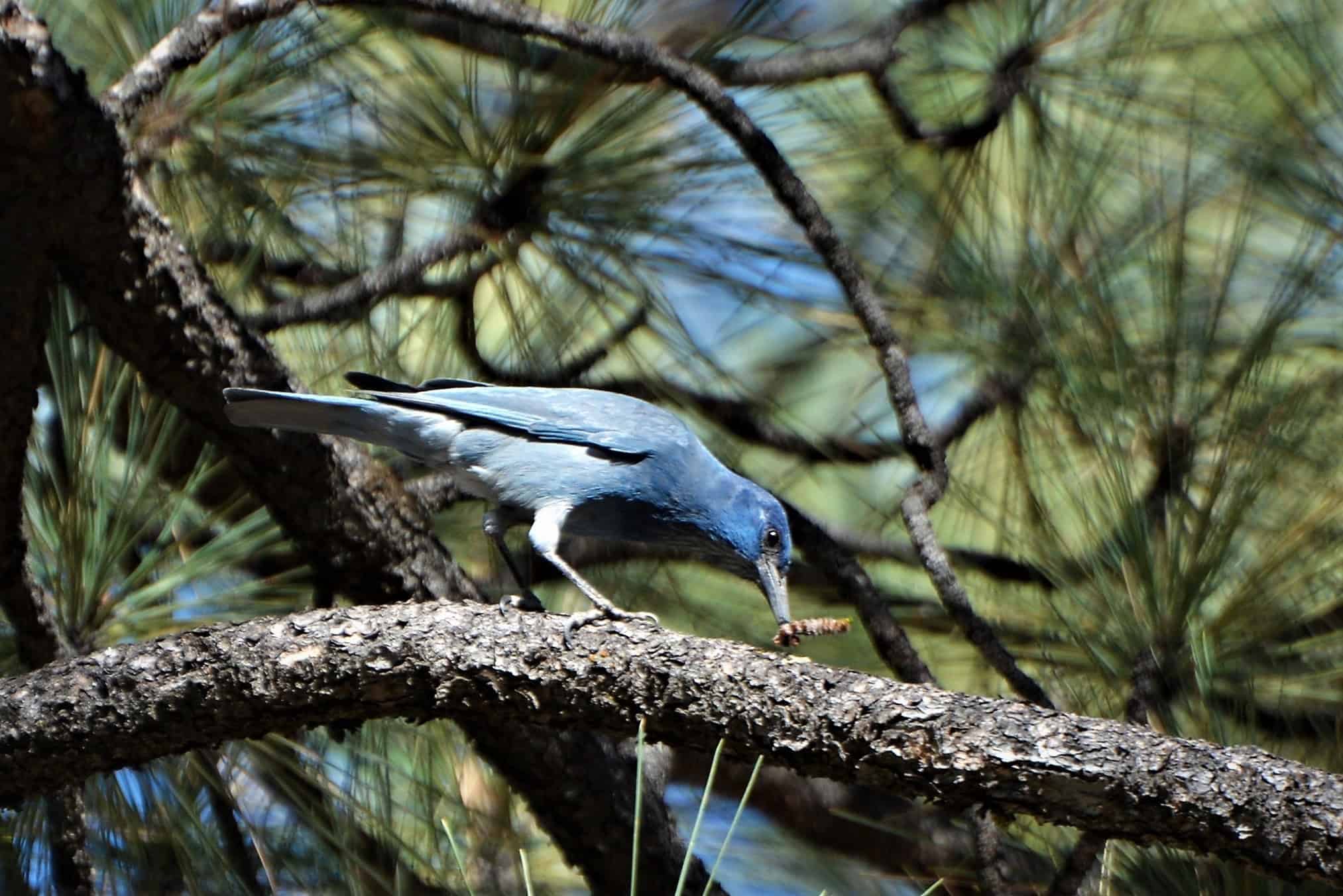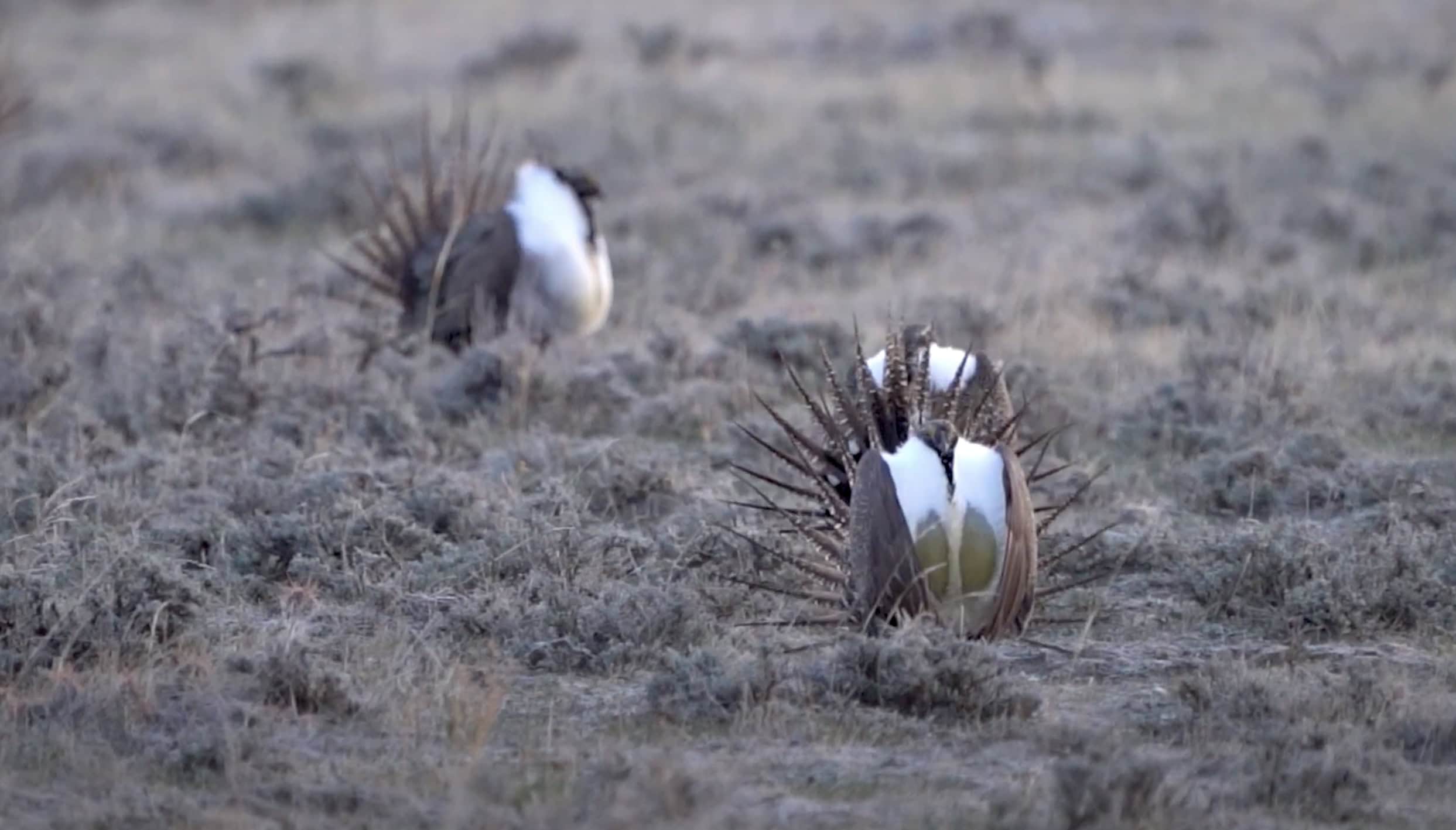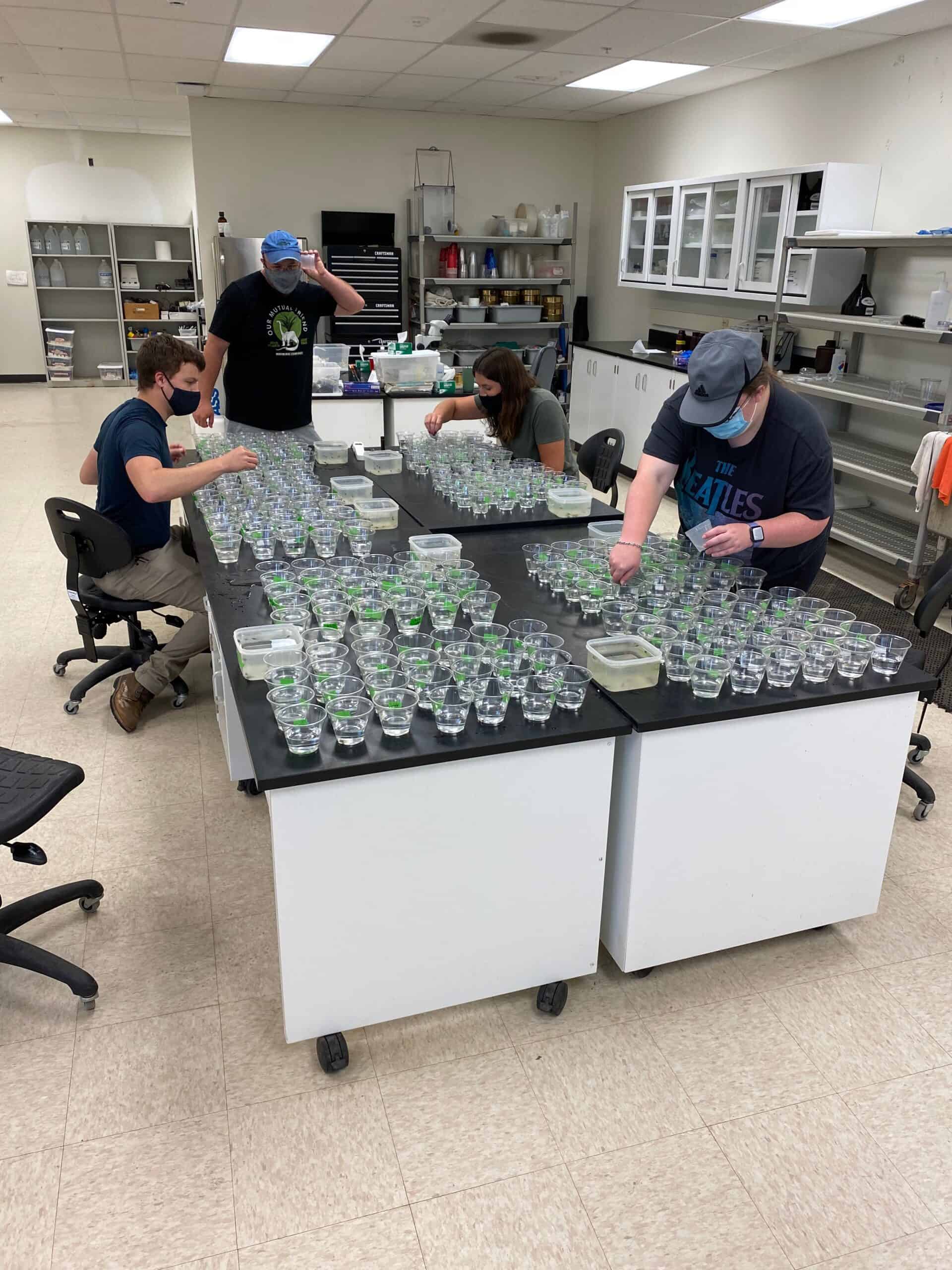Share this article
Technique simplifies disease sampling in wildlife
Researchers believe it can save time and money
A new technique could help track disease in wildlife. In a study published in the Journal of Agricultural, Biological and Environmental Statistics, researchers proposed a way to reduce the sampling necessary to accurately measure how widely a disease has spread. The method is based on the notion that, since animals tend to cluster in groups, sampling a single individual can suggest whether or not the others are also infected. Using chronic wasting disease in deer as a case study, researchers found their approach reached similar conclusions to conventional methods. They hope an online application in development could help biologists figure out how many animals to sample. Researchers believe the technique can save biologists time and money.
“The framework is so flexible, we can use it for any animals,” said co-author Krysten Schuler, assistant research professor in the Department of Public and Ecosystem Health at Cornell University.
Header Image: Since animals often cluster together, researchers found, sampling one animal for disease can suggest if others are infected. Credit: Brett Billings/USFWS







